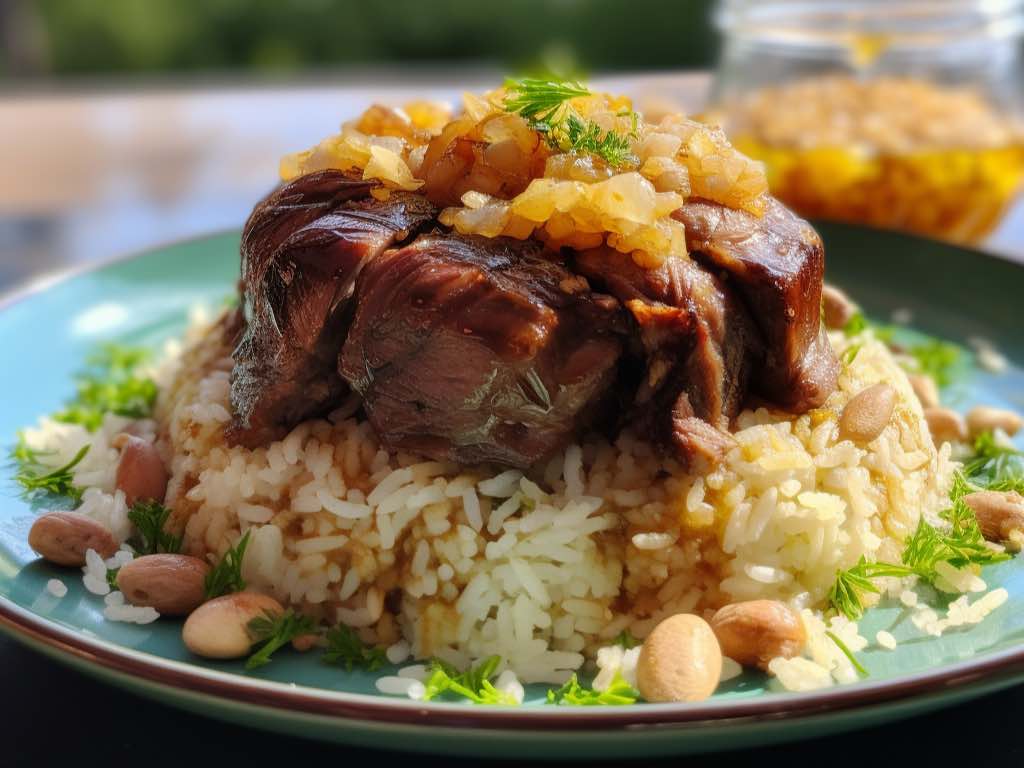
Exploring Makloubeh: A Culinary Journey through the Layers of Flavor
|
|
Time to read 4 min
Welcome to One Stop Halal!
Written by: Najma A.
|
|
Time to read 4 min
In the vast and diverse world of Middle Eastern cuisine, Makloubeh is a culinary masterpiece that tantalizes the taste buds and tells a story of tradition, culture and shared meals. This dish, whose name translates to "upside-down" in Arabic, is a flavorful and visually stunning one-pot wonder cherished for generations across the Levant region. In this blog post, we will delve into the origins, ingredients, preparation, and cultural significance of Makloubeh, uncovering the layers of flavor that make it a cherished dish in the hearts and homes of many.
The key to Makloubeh's distinctive flavor is the thoughtful combination of simple yet robust ingredients. The traditional Makloubeh recipe typically includes:
The preparation of Makloubeh is an art, requiring attention to detail and a careful layering of ingredients to achieve the desired flavor profile. Here's a step-by-step guide to creating this culinary masterpiece:
Welcome to Butcher Shop that is 1-clik away. We carry various meat cuts that are hard to find elsewhere. We deliver to your doorstep anywhere in the United States within 1-2 business days.
Makloubeh is more than just a dish; it celebrates flavor, tradition, and the bonds that unite families and communities. From its humble origins in the Levant region to its presence on tables worldwide, Makloubeh continues to captivate the palates of those who savor its layers of taste and history.
As you embark on your culinary journey, consider the magic of Makloubeh – a dish that invites you to experience the richness of Middle Eastern culture with every flavorful bite. So, gather your ingredients, embrace the art of layering, and savor the upside-down delight of Makloubeh.

© 2025 One Stop Halal, Inc.